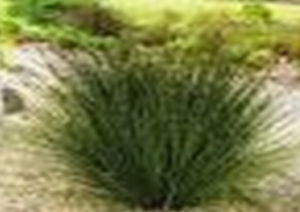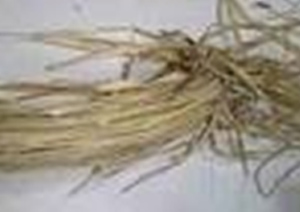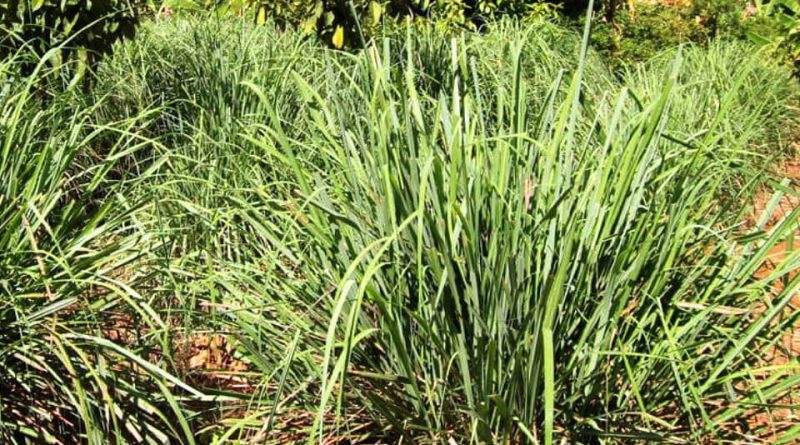
Plant (C. schoenanthus)

Leaves (C. schoenanthus)
Cymbopogon schoenanthus
Poaceae (Graminae)
Common Name (Synonyms): C. Proximus; (Ar.): Mahareib, Hamarib; (Engl.): Camel Hay.
Habitat Lowland plains, Savanna and Upland Grasslands.
The stalk
Glabrous compactly tufted much-branched perennial herbs up to 60cm high with slender, erect, 3-4 nodded culms. Leaves alternate, laminas linear 10-30x3cm, tapering to a long setaceous point, ligule membranous, ciliolate, truncate, sheath 5-8cm long, from. Inflorescences spatheate panicle, 6-20×3-5cm, spathes lanceolate, apex acuminate, up 2.5cm long.
The plant contains the sesquiterpens cryptomeridiol (proximodiol), elemol, b-eudesmol in addition to b-sitosterol. The plant also proved to contain alkaloids.
Infusion of leaves is used against stomach problems and as an antispasmodic. It is often used as a common herbal tea. An oil called lemongrass oil or camel grass oil, is also extracted as a tonic and aroma additive in personal care products and cosmetics such as hair dye, shampoo/conditioner, moisturizer/lotion, bath oil, peeling/exfoliator, anti-aging, and acne treatment.
Scientific studies have also demonstrated the traditional use of C. schoenanthus as an antibacterial agent.
Specification Data Sheet:
This Sudanese standard is formulated by the technical committee No.4 formed according to the administrative decree of the SSM0/1/A/I dated 18/8/01. It applies to Cymbopogon schoenanthus.
On formulating this standard the committee has referred to international publications and works of Sudanese researchers on the subject.


